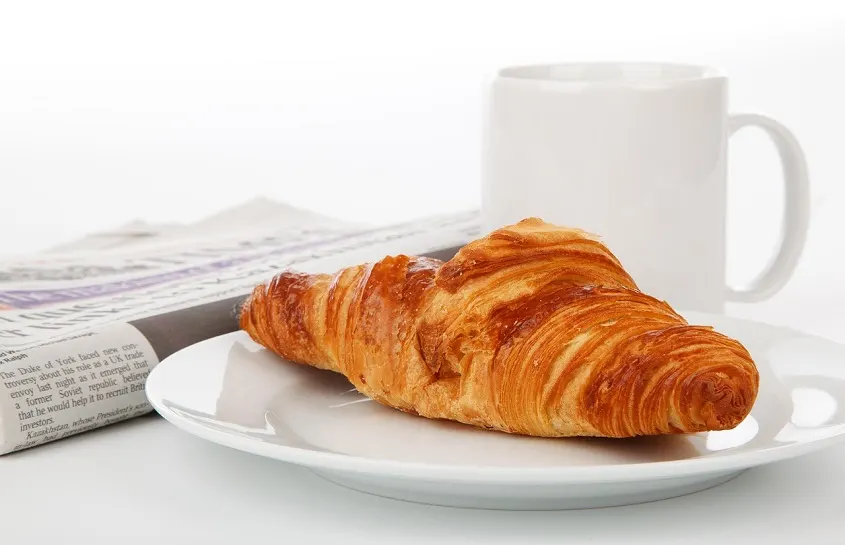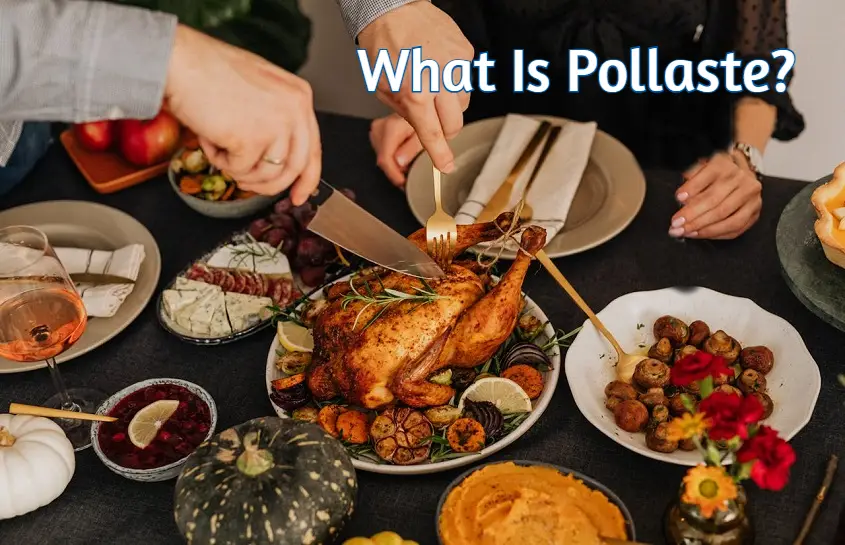Food has a funny way of carrying stories through words. One such word is pollaste. You might see it in different articles, blogs, or even in casual conversation, and it doesn’t always mean the same thing.
For some people, pollaste is just chicken—a young hen ready for the dinner table. In Italy, others know pollaste as a type of sheep’s milk cheese. Then there are the baked-good lovers, who describe pollaste as a savory pastry stuffed with meat and vegetables. In a broader sense, some even use the word to talk about all poultry—from chicken to duck and goose.
Strange? Maybe. But that’s the charm. Pollaste is a single word with many flavors, and each culture treats it a little differently.
The Origin of Pollaste
The story of pollaste begins with Latin. The old word pullus simply meant “young animal” or “chick.” Over time, as languages branched off, pollastre in Catalan and Spanish became another word for chicken. Then “pollaste” picked up new meanings in food traditions across Europe.
- In Spain, it stayed close to its roots: chicken.
- In Italy, it took a creamy turn as cheese.
- In Mediterranean kitchens, it showed up as pastries.
- Today, some writers stretch it to mean all poultry.
This mix of meanings is why pollaste is so interesting. It’s not locked in one box—it’s a word that travels.
Pollaste as Chicken
Let’s start with the simplest one. For most people, pollaste = chicken. More precisely, a young hen. And honestly, who doesn’t know the role chicken plays in everyday meals?
A roast Pollaste is a Sunday ritual in Catalonia. The bird is rubbed with olive oil, garlic, and rosemary, maybe a squeeze of lemon. The roasts take time because its slowly until the skin turns crisp and the inside stays juicy. Families gather around, carve it up, and serve it with potatoes or fresh bread.
Other common ways people prepare pollaste chicken:
- Pollaste al Forn – oven-roasted with onions and potatoes.
- Pollaste Estofado – chicken stew, slow-cooked with wine and vegetables.
- Pollaste Skewers – marinated pieces grilled over open flame, perfect for summer.
When pollaste means chicken, it’s not just food—it’s tradition on a plate.
Pollaste as Cheese
In Italy, pollaste might surprise you. Here, it’s not about poultry at all. Instead, it’s a sheep’s milk cheese—creamy, mild, with a touch of nuttiness.
This cheese isn’t mass-produced. It’s rustic, handmade, often by farmers who’ve been doing it for generations. Imagine sitting in a countryside village, biting into fresh bread topped with pollaste cheese, while sipping local wine. That’s the feeling it gives you—simple, unpretentious, but deeply satisfying.
Ways people enjoy pollaste cheese:
- On antipasto boards with olives and cured meats.
- Crumbled into salads.
- Melted over baked vegetables or pasta.
It’s a little hidden gem in the cheese world.
Pollaste as Pastry

Another face of pollaste is pastry. Yes, really. In some European kitchens, pollaste means a savory pie or turnover, usually stuffed with minced meat (like beef, pork, or veal), spinach, onions, and herbs.
These pastries are rarely everyday food. They’re tied to special times—holidays, family gatherings, religious festivals. A big tray of pollaste pastries comes out, golden and fragrant, and everyone grabs one while they’re still warm.
Some are made small, bite-sized, like party snacks. Others are big pies, cut into slices. Either way, pollaste pastries carry a taste of celebration.
Pollaste as Poultry
In a broader sense, pollaste can mean poultry in general—not just chicken. This includes turkey, duck, goose. Think of it as a catch-all word for birds we eat.
Food traditions built around poultry are everywhere:
- Turkey at Thanksgiving in the U.S.
- Duck confit in France.
- Roast goose at German Christmas tables.
- Chicken curry in South Asia.
So when someone uses pollaste this way, they’re talking about a whole family of dishes, across cultures.
Nutrition in Pollaste
The nutritional side of pollaste depends on which version you mean.
Chicken (the classic pollaste)
- High in lean protein for muscles.
- Pollaste Packed with B vitamins for steady energy.
- Rich in zinc and selenium for immunity.
Cheese (Italian pollaste)
- Excellent calcium for bones.
- Contains healthy fats for energy.
- Provides probiotics that support digestion.
Pastry pollaste
Pastries are heavier, yes, but they’re also balanced when filled with meat and vegetables. They bring comfort, and food is about more than calories.
The Cultural Side of Pollaste
Every version of pollaste comes with cultural weight.
- In Catalonia, roasted pollaste marks Sunday meals.
- In Italy, pollaste cheese is tied to rural farming traditions.
- In festive homes, pollaste pastries mean togetherness and abundance.
Pollaste is food, but also memory, community, and tradition.
Pollaste in Modern Cooking
Chefs today love reimagining pollaste. You might find:
- Pollaste curry blending Mediterranean chicken with Indian spices.
- Pollaste cheese pizza, a modern twist.
- Street food pastries, sold in food trucks or markets.
Restaurants that focus on farm-to-table menus also highlight pollaste—organic poultry, artisan cheeses, and traditional pastries.
Sustainability and Pollaste
Since pollaste often refers to poultry, sustainability matters. Ethical choices include:
- Free-range chickens instead of factory farming.
- Handmade cheeses that support local farmers.
- Pastries baked with fresh, regional ingredients.
Food tastes better when it respects both people and the planet. Pollaste shows that.
Recipes to Try
- Mediterranean Roast Pollaste (Chicken)
- Rub chicken with garlic, rosemary, olive oil, and lemon juice.
- Roast until golden brown.
- Pollaste Cheese Salad
- Toss lettuce, tomatoes, cucumbers, and olives.
- Add cubes of pollaste cheese.
- Pollaste Pastries
- Fill dough with minced meat, spinach, onions, and herbs.
- Bake until crust turns crisp and golden.
Conclusion
So—what is pollaste? The answer varies about your question. It might be a chicken roasted in a Catalan kitchen, a creamy cheese made by Italian farmers, a pastry shared at festivals, or even a simple way of saying “poultry.”
This variety is what makes pollaste special. It’s not just food. It’s history, culture, and flavor rolled into one. The next time you come across the word, you’ll know it carries more than one meaning—and each meaning is worth exploring.
